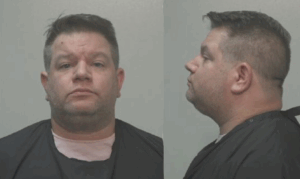Taking advantage of available technology, Georgia residents will now receive a storm warning on cellphones in targeted areas to advise against road travel, according to Gov. Nathan Deal.
In the wake of the snowstorm that snarled metro Atlanta commuters Jan. 28, leaving some students stranded at schools and traversing iced-over roads on school buses, Deal announced further immediate changes today in a news release.
“We will go one step further with school superintendents by emailing them weather condition updates so they have the most up-to-date information when determining whether to close schools,” Deal said.
The state will also overhaul its emergency cellphone app with shelter information, alternative transportation routes and other emergency information, Deal added.
“Lastly, as storms approach, I have ordered the Georgia Emergency Management Agency to consult with local meteorologists on current weather modeling and predictions,” Deal said.
Deal also announced the creation of a Severe Winter Weather Warning and Preparedness Task Force to provide advice on other reforms and suggest short and long term solutions with 60 days. On that task force are the heads of nearly every major state agency including GEMA, the Department of Transportation and more … along with TV meteorologists, school system superintendents, business members from communications, utilities, air lines and trucking industry along with four state legislators, the Atlanta police and fire chiefs, a member of the National Weather Service and wireless providers.
The task force will meet in an open forum setting, Deal said.
A second report, conducted by agency heads involved in emergency response, will yield a report and action plan to the governor within 10 days, Deal indicated.
“We made reforms after the 2011 storm on how we treat our roads, and because of that, we have more road treatment facilities located in more critical areas,” Deal said. “All the equipment and the all supplies in the world won’t help if the trucks can’t get on the roads. We’ve got to communicate quicker and more effectively on the front end to keep as many vehicles off the road as possible.”











Leave a Comment
You must be logged in to post a comment.